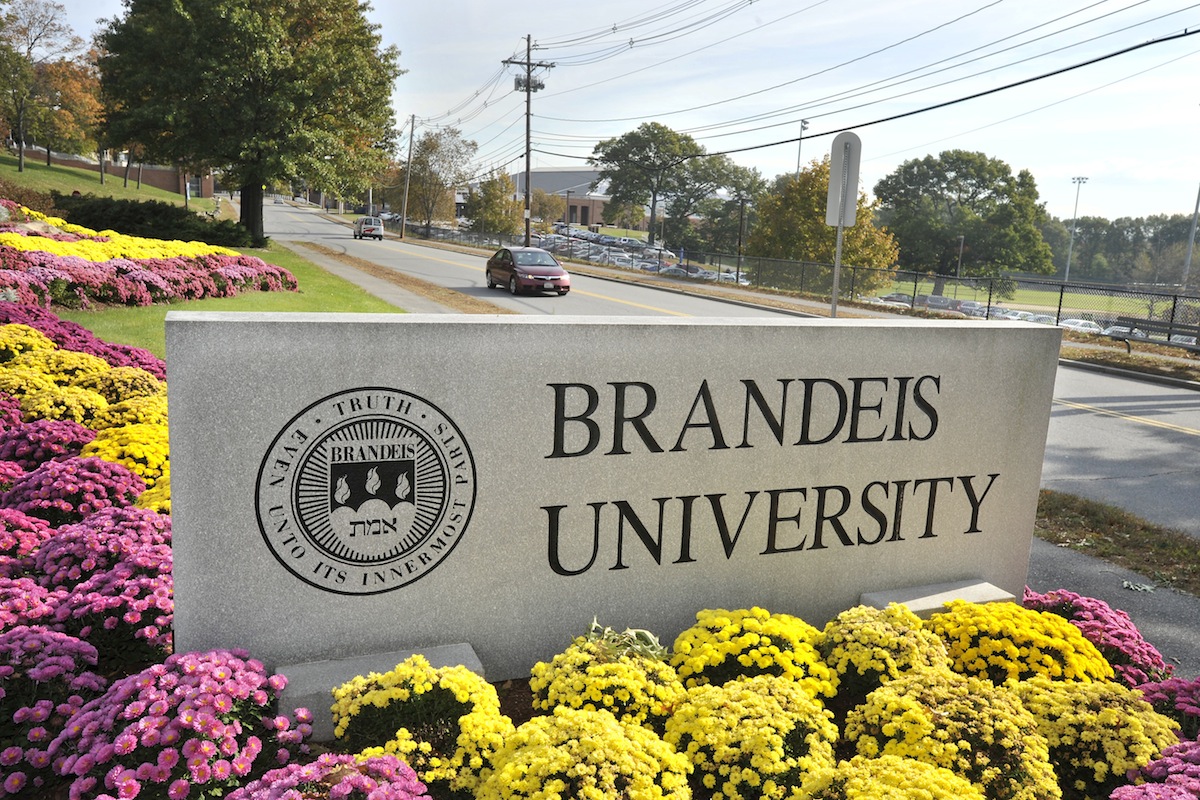Brandeis Students Creating Plan to Revitalize Land Along Blue Hill Avenue
Officials from the city’s Department of Neighborhood Development have teamed up with students from the Brandeis International Business School for the second year in a row to come up with a plan to revitalize abandoned parcels of land along Blue Hill Avenue, and transform them into spaces that could benefit residents in the surrounding community.
Led by Edward Chazen, a senior lecturer and head of the real estate specialization program at the business school, a small group of students are spending an entire semester—their feet on the ground, talking to those who reside in parts of Mattapan and Roxbury—researching specifics about five vacant lots that mark the avenue, an area that lacks community parks and public facilities to serve constituents.
“These are communities that have been left in the shadows of the prosperity that is happening in Boston—and downtown is just three miles away,” said Chazen, adding that the goal of the research-intensive assignment is to have the students find development opportunities that will be both advantageous for the neighborhood, as well as economically sound. “Profit motive isn’t the preeminent concern here, but it needs to be a financially stable idea so the city doesn’t take the land back through non-paid taxes.”
The idea for the real estate project started last spring, after Chazen met with Donald Wright, department director of real estate management services, the division that oversees property disposition in the city’s Department of Neighborhood Development office.
Working directly with Wright and under Chazen, students developed a proposal to reimagine two libraries in East Boston that were closing down. When they completed their research, based on community input and information gathered from the city’s archives, students presented it to officials.
The outcome of that project was such a success—Wright said the students “drilled down” and delivered an analysis that greatly supplemented work being done by DND employees—Chazen decided to launch a similar project this semester, focusing instead on Blue Hill Avenue.
Chazen met with Wright in August and asked for a list of parcels that would be large enough to have potential commercial viability, so the new round of students could come up with a plan for them, and the city came back with five empty sites split between Roxbury and Mattapan. Each one ranges in size, from 300-square-feet to 11,000-square-feet.
From now through December, the students will heavily research the history of the abandoned lots with two primary considerations in mind: doing something good for the community, and proposing something favorable for the city so they can lease the land to a developer that can build on the site.
“They will figure out where the demand is coming from, and match that idea for the supply part,” said Chazen.
So far, through “man-on-the-street interviews” and exploring the neighborhood demographics, the students’ preliminary work has indicated that Blue Hill Avenue fails to accommodate some basic necessities in the form of technology and park space. Chazen said while nothing is set in stone, the students are contemplating the viability of a new family-friendly park, as well as a technical education and media center with access to free computers, since the demand at the local library branches is often maxed out.
“One idea was to collaborate with Roxbury Community College. By doing this you would be lifting people up by giving them training skills,” he said.
Wright said based on the collaboration last year on the project in East Boston, he is looking forward to seeing what student come up with for Blue Hill Avenue, since the city is responsible for taking care of and maintaining the empty lots and would like to see them put to good use instead.
“This program is one of the innovate ways we can do that,” said Wright. “We found that this partnership was going to be conducive to our success.”
Lisa Pollack, a spokesperson from the office of Neighborhood Development, added that the work conducted by the students is “very real,” and stretches beyond a mere homework assignment.
“They don’t just produce a report that sits on the bookshelf in our office—this is work that informs the city’s development plan process,” she said, adding that they will likely incorporate some of the information in presentations to residents about revitalization plans.
In two weeks, student will meet with Wright to deliver a mid-semester presentation, and show off preliminary thoughts. The final project will be submitted for consideration in December.
“This gives them an opportunity to see what it’s like to give a formal presentation, and also to get feedback from Donald Wright and the staff, and have them give suggestions. I’m hoping the end result is they have have an idea for each of the five sites, with sound market research to prove out the demand and create a conceptual plan,” said Chazen.
Below is the list of sites the students are looking into:
Blue Hill Ave- Commercial Sites


